| Name 6 agricultural, forestry and fishery products with export value exceeding 3 billion USD in 11 months of 2023 "Scars" of Vietnam's rice industry |
Exports hit 34-year high
According to the Ministry of Agriculture and Rural Development, by the end of November 2023, Vietnam's rice exports reached nearly 7.8 million tons, with a turnover of 4.41 billion USD. These are unprecedented figures for the rice industry since 1989 and will continue to increase by the end of 2023.
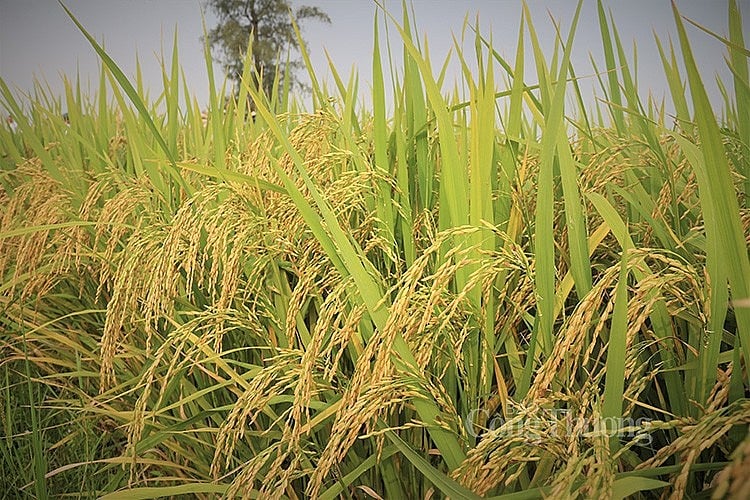 |
| Vietnam's rice industry still has many weaknesses. |
Over the past years, Vietnam has achieved many great achievements in rice production, contributing significantly to ensuring national food security and currently maintaining its position as one of the world's leading rice exporting countries with constantly increasing export turnover.
Throughout the development process, Vietnam's rice production and export industry has achieved many "miracles". In the current new context, with fluctuations in the world market, changes in consumer tastes and increasingly clear climate change, Vietnam's rice industry has been and is having a strong transformation in both production, domestic consumption and export.
The industry focuses on improving rice quality, reducing input costs, adapting to climate change, reducing greenhouse gas emissions, ensuring national food security and expanding consumption markets, moving towards building a sustainable rice brand in the international market.
Naming the weaknesses of Vietnam's rice industry
Besides the above achievements, Vietnam's rice industry still has many limitations and major problems, including: Low quality, efficiency, added value and competitiveness; large volume of rice exports but low value; low income of rice farmers compared to the income of agents in rice business and export; unsustainable rice production, negative impact on the environment and climate change.
The reason for the above situation, Mr. Nguyen Nhu Cuong - Director of the Department of Crop Production (Ministry of Agriculture and Rural Development) explained, is that the current scale of production of small-scale farmers, the area of rice land/farmer is too low, while the forms of farmer association have not been widely developed. Production has not really met the market demand.
In the post-harvest and processing stages, there is still a lack of rice drying systems, causing losses and reducing the quality of exported rice. Rice purchasing is mainly controlled by traders; traders collect and mix many different types of rice, so the quality is not guaranteed.
Deep processing and diversification of rice varieties and rice-based products are still limited; attention has not been paid to the use of by-products (rice husks, bran, straw, etc.) to increase added value and production efficiency.
In the rice value chain, the components of the rice value chain including farmers, traders, vendors, rice brokers (currently collecting up to 90% of rice in the Mekong Delta), rice milling and polishing factories and rice exporting enterprises have not yet linked together and supported each other effectively for mutual benefit. There are still many intermediaries, and vertical linkages have not yet been formed in the rice value chain.
Most export enterprises buy rice from traders who do not cooperate with farmers to build large fields and raw material areas, leading to low quality of exported rice because enterprises collect from many different sources.
In terms of marketing and trade promotion, most of Vietnam's exported rice has no brand, so it does not create added value. Trade promotion has not been invested in proportion to the position of the industry and the requirements for product promotion and market development in the context of increasingly fierce competition between exporting countries in the world rice market. The domestic rice market has not been given due attention; very few businesses invest in this market, mainly held by private traders and small retailers, with low service quality, etc.
In addition, the rice industry also faces other challenges such as changes in consumption demand, competitive pressure from other exporting countries, self-sufficiency policies to reduce imports from trading partners, fluctuations in rice prices and complex climate change.
Brand building and market development are important factors in elevating Vietnamese rice.
Mr. Nguyen Nhu Cuong commented that the world's rice import demand will continue to increase in the next 10 years (with an average increase of 1.5%/year); opportunities to expand the rice market when our country participates in new trade agreements; investment from the state, businesses and people is on the rise; infrastructure is increasingly complete; the development of science and technology in varieties, cultivation techniques, preservation and processing are good opportunities to promote the development of the rice production industry.
To seize market opportunities, building a rice brand is an urgent task in restructuring the rice industry. The Prime Minister issued Decision No. 706/QD/TTg dated May 21, 2015 approving the Project on developing Vietnamese rice brand to 2020, with a vision to 2030. According to this Decision, rice brands will be developed at the following levels: national brand, regional brand, local brand and enterprise brand.
In addition, market development is an important factor. Accordingly, for the domestic market, market development meets the diverse needs of consumers, paying attention to the specialty and high-quality rice market segment to compete with imported rice because the market share of this segment is increasing due to the increase in per capita income in our country, while developing the medium-quality rice market segment to meet the needs of low-income people and the rice market segment for processing.
For the export market, the market orientation is based on the following main segments: Fragrant rice, specialty rice; high-quality white rice, long grain; medium-quality rice; glutinous rice, parboiled rice and Japonica rice.
According to Mr. Nguyen Nhu Cuong, solutions to develop export markets include planning the main rice export growing areas in the Mekong Delta. The main export areas are invested in complete infrastructure to the fields and supported in the application of science and technology, synchronous mechanization and advanced post-harvest technology to improve rice quality and reduce production costs.
Encourage and support businesses to invest in developing raw material areas by linking with farmers in rice-growing areas for export to produce rice according to business requirements and to sell at reasonable prices.
Promote marketing activities for Vietnamese rice products; encourage businesses to develop new markets to effectively exploit integration commitments, sign direct export contracts to foreign distribution systems, access retail systems in high-quality rice import markets and develop distribution systems in import markets.
Strengthening the capacity of research, analysis, forecasting and providing transparent market information so that actors in the rice industry can proactively make production and business decisions. Building an automatic information system on the import and export situation of rice in the Vietnamese and world markets, connecting relevant organizations.
Source link


![[UPDATE] April 30th parade rehearsal on Le Duan street in front of Independence Palace](https://vstatic.vietnam.vn/vietnam/resource/IMAGE/2025/4/18/8f2604c6bc5648d4b918bd6867d08396)



![[Photo] Prime Minister Pham Minh Chinh receives Mr. Jefferey Perlman, CEO of Warburg Pincus Group (USA)](https://vstatic.vietnam.vn/vietnam/resource/IMAGE/2025/4/18/c37781eeb50342f09d8fe6841db2426c)
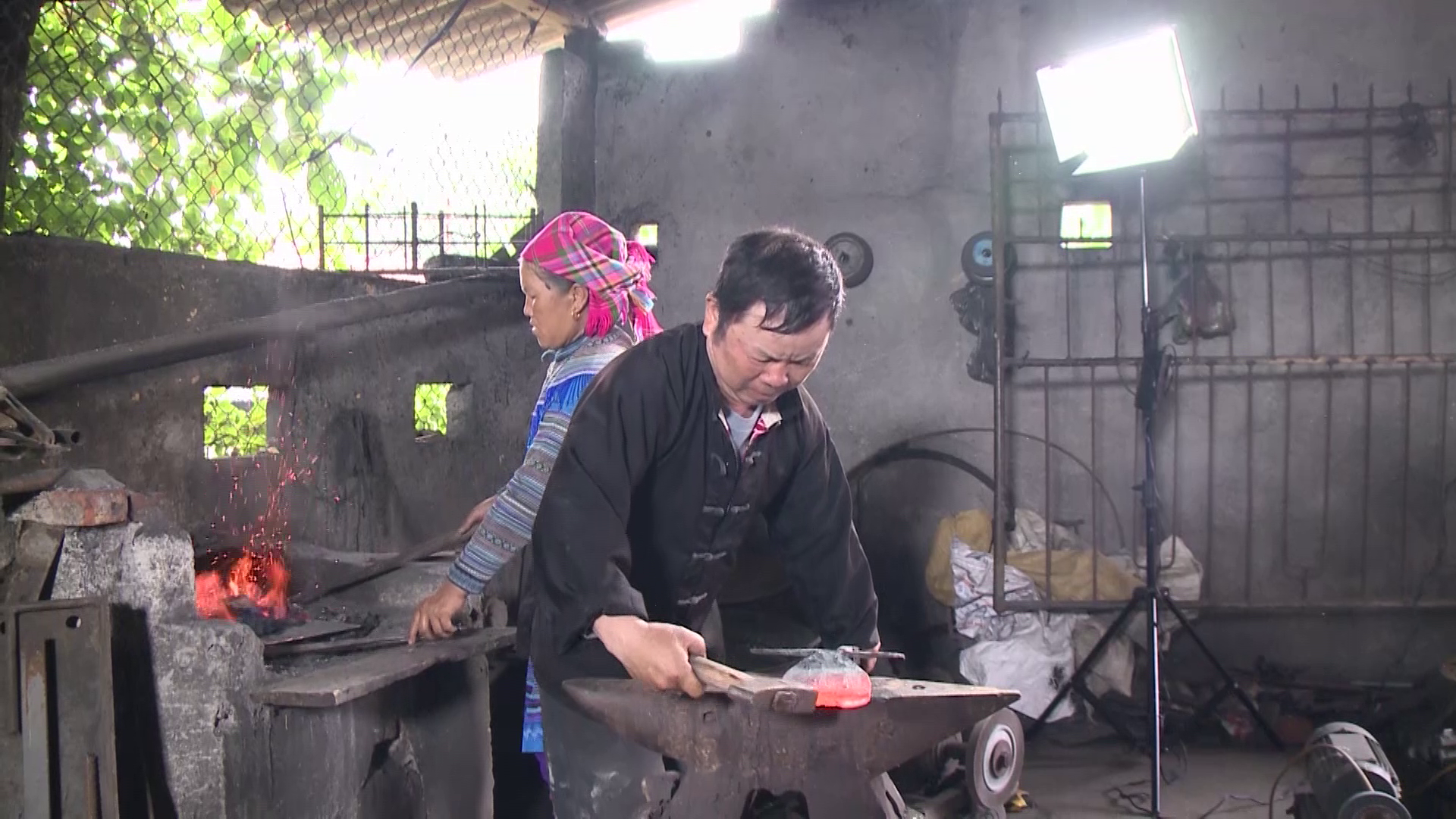
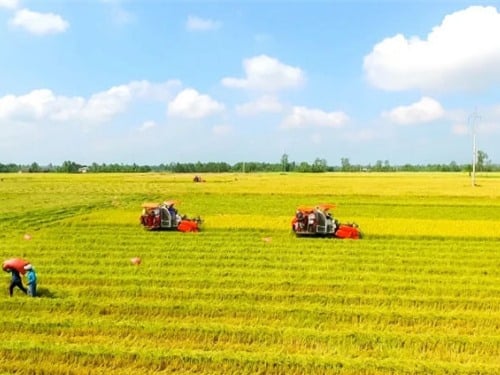

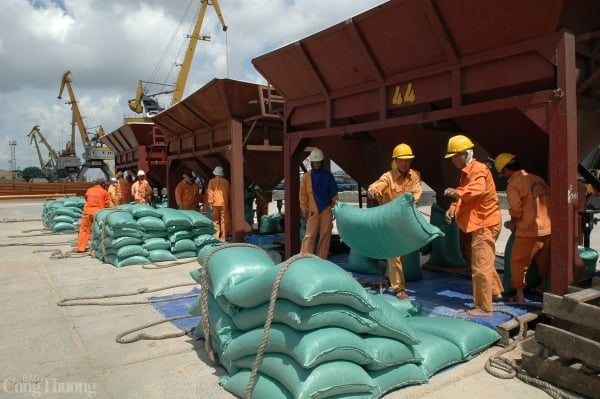

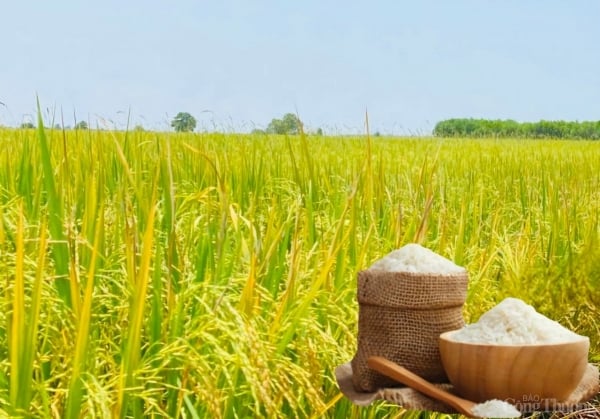
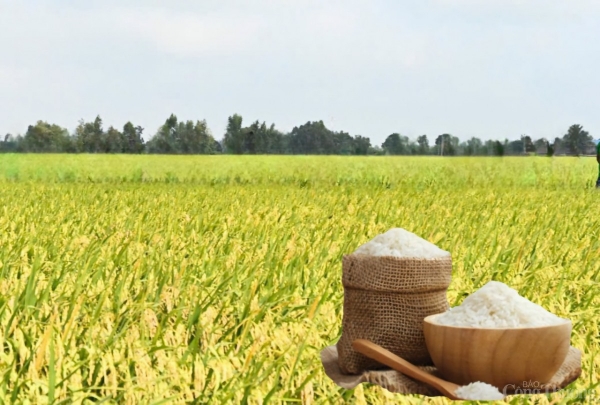
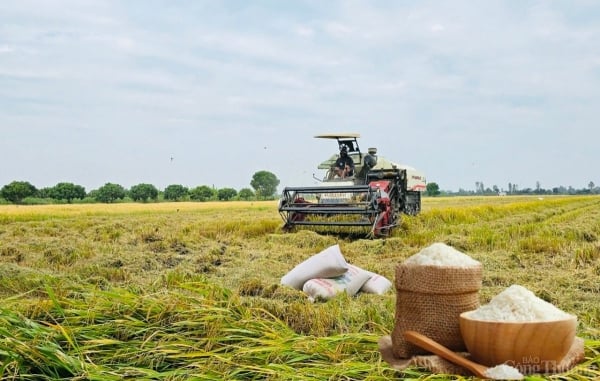
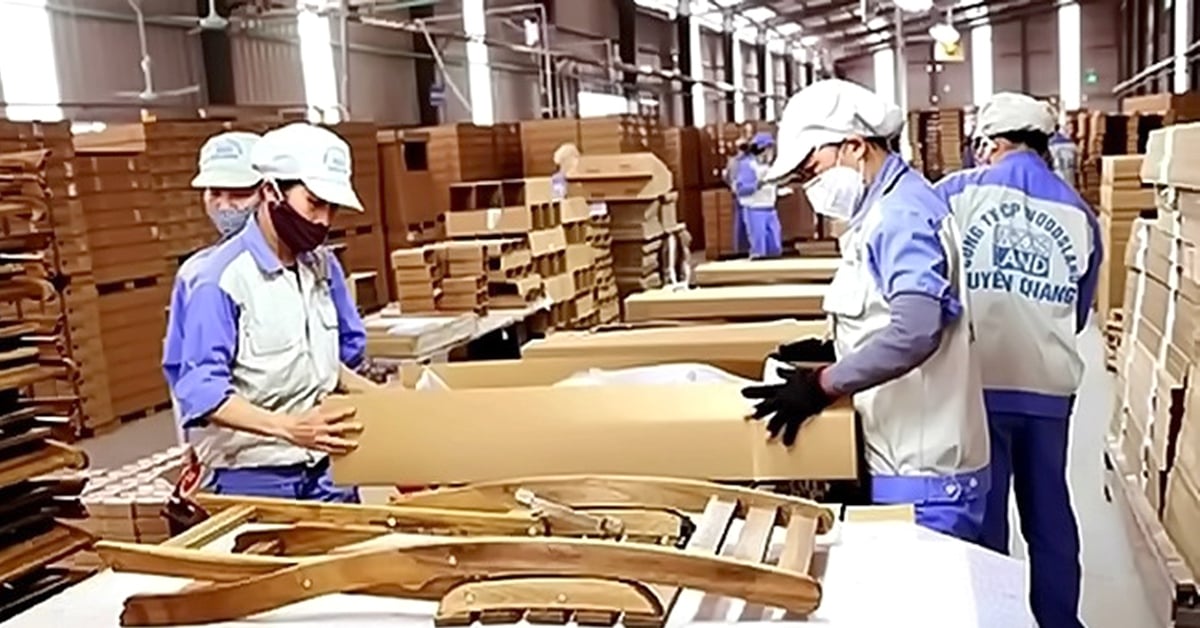
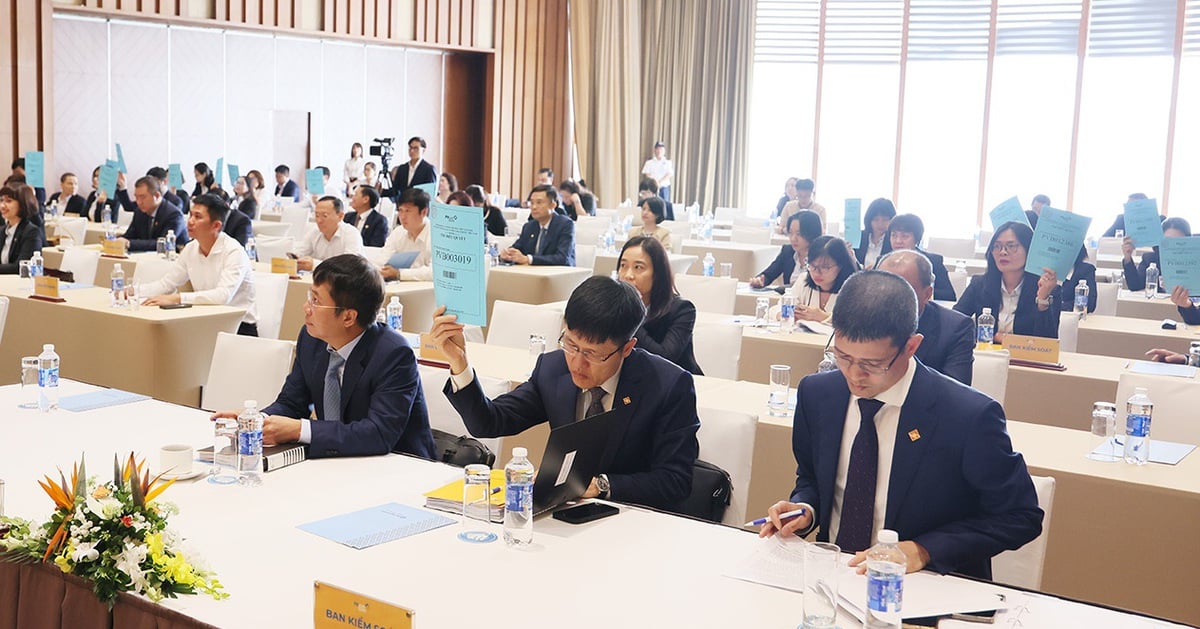
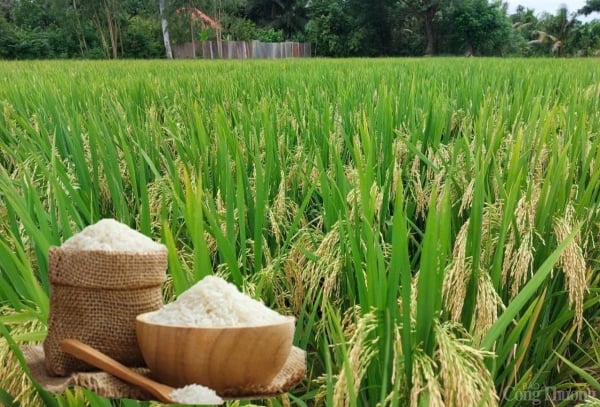
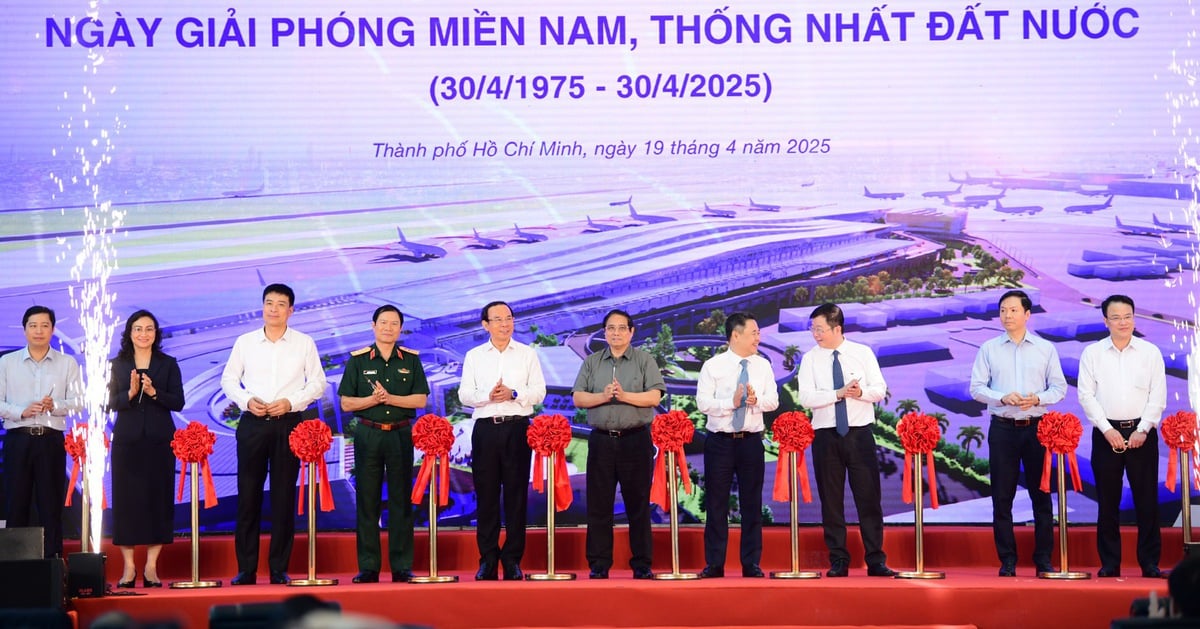






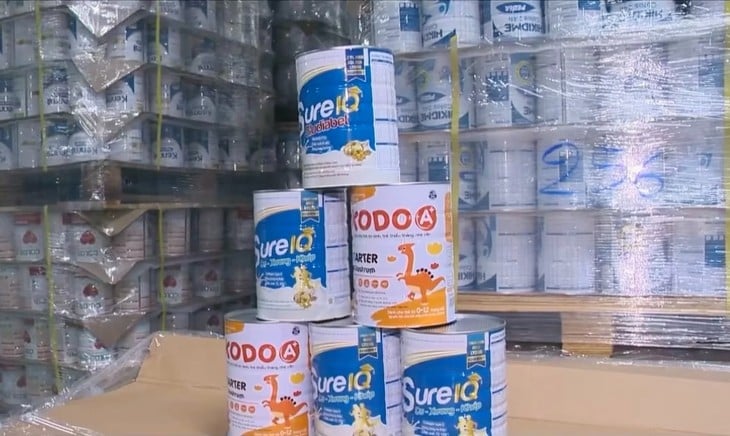
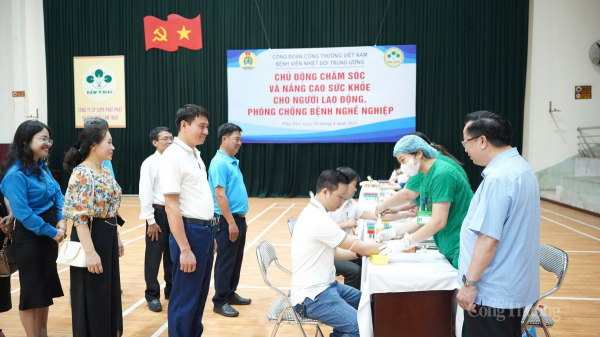


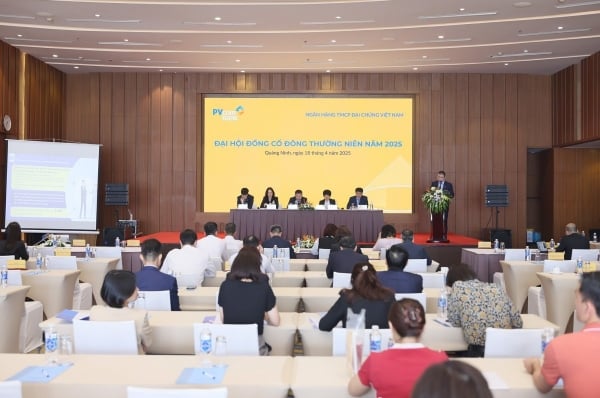
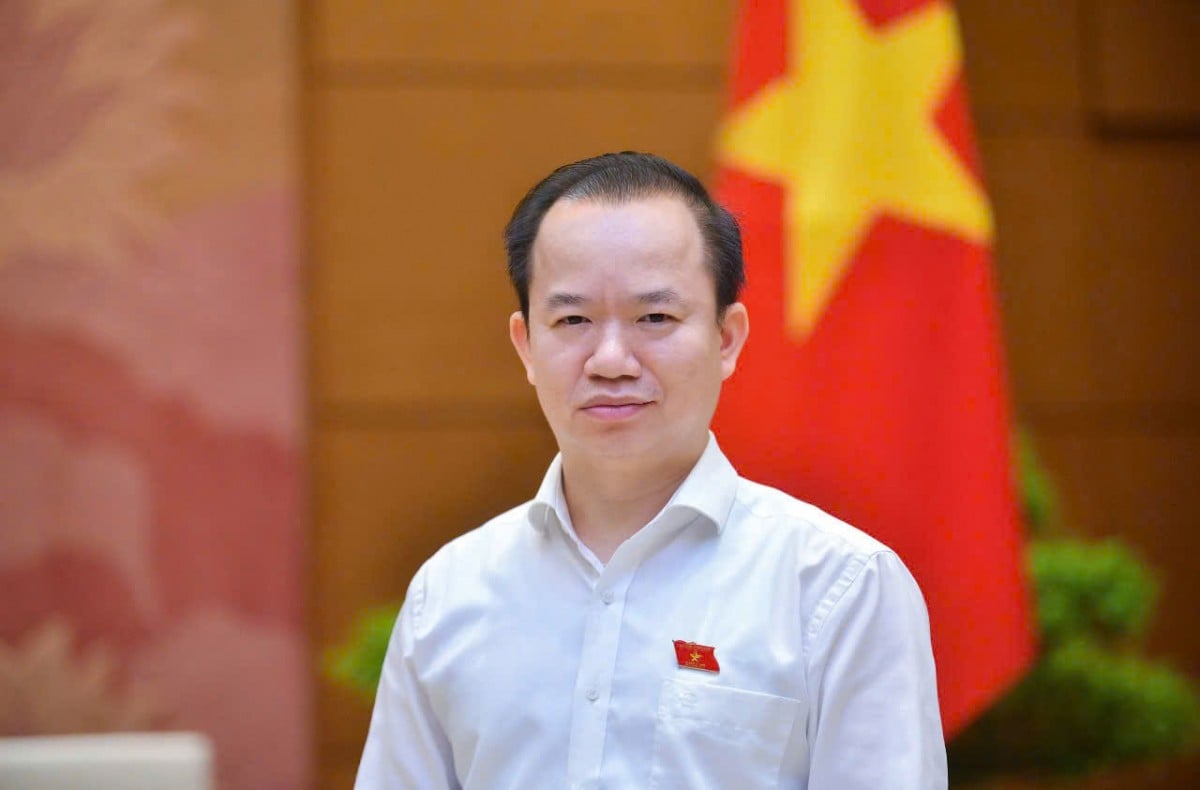


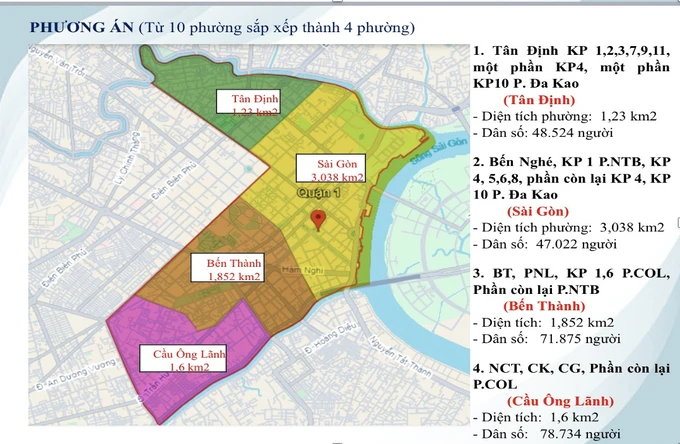







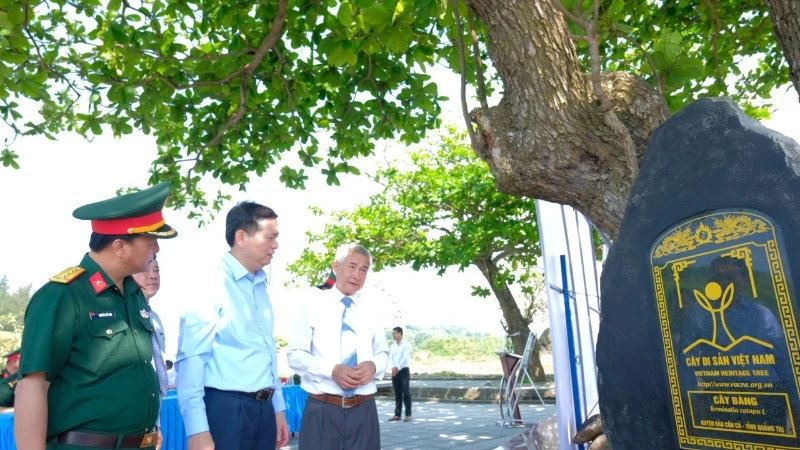















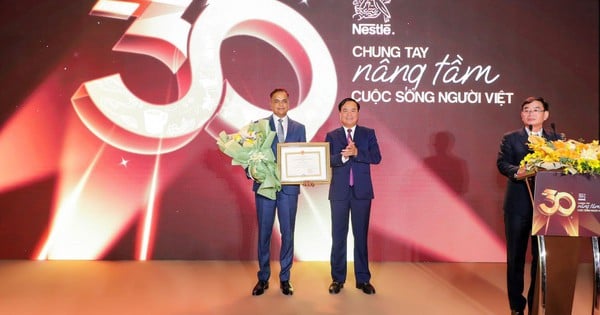

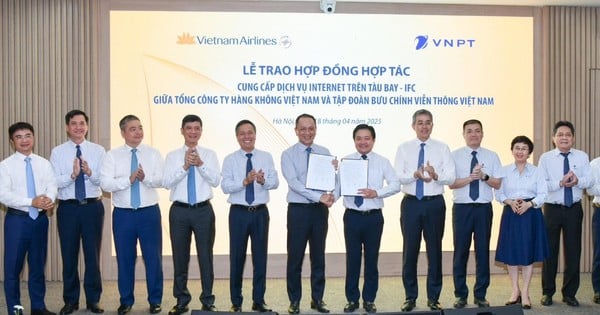
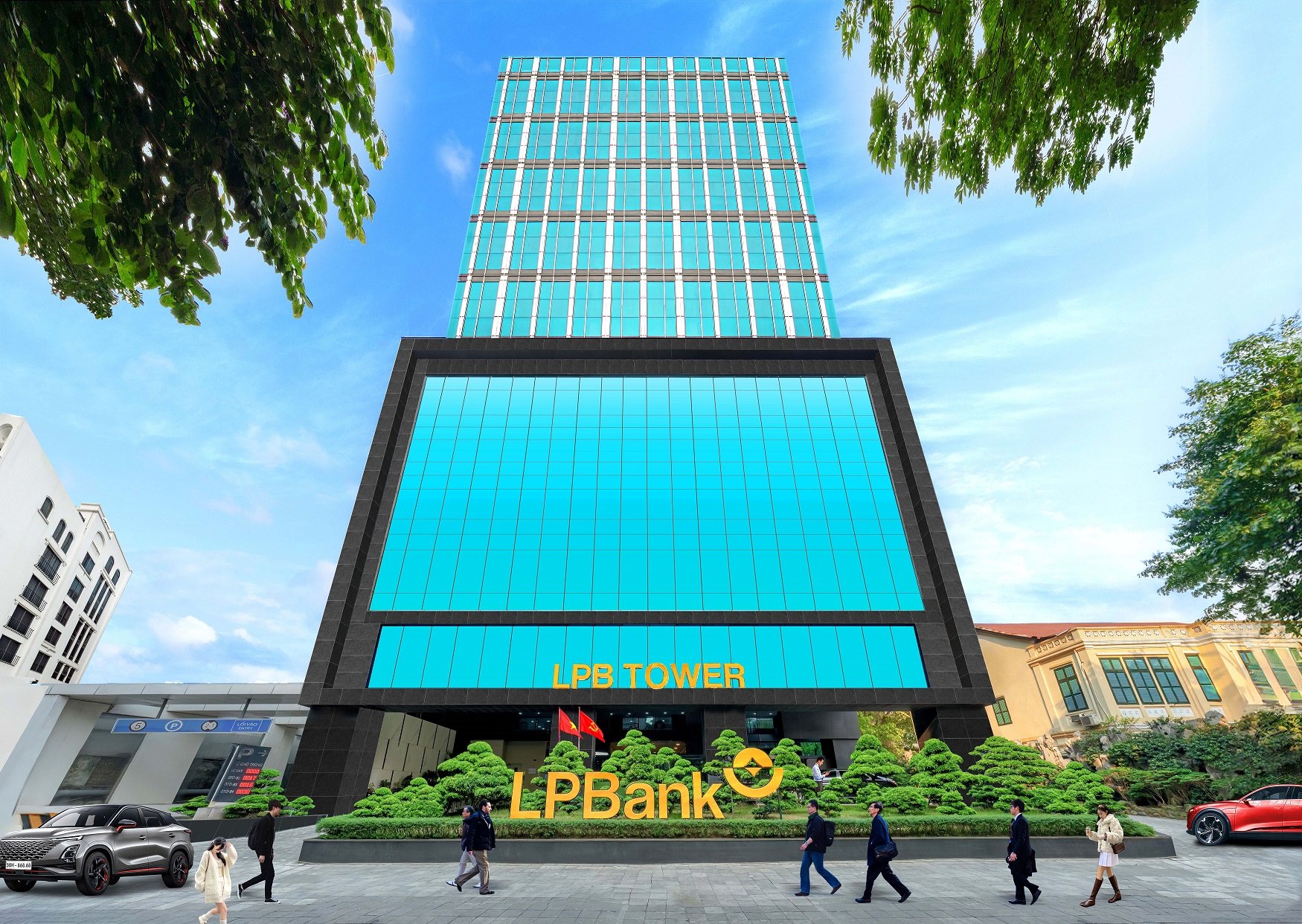







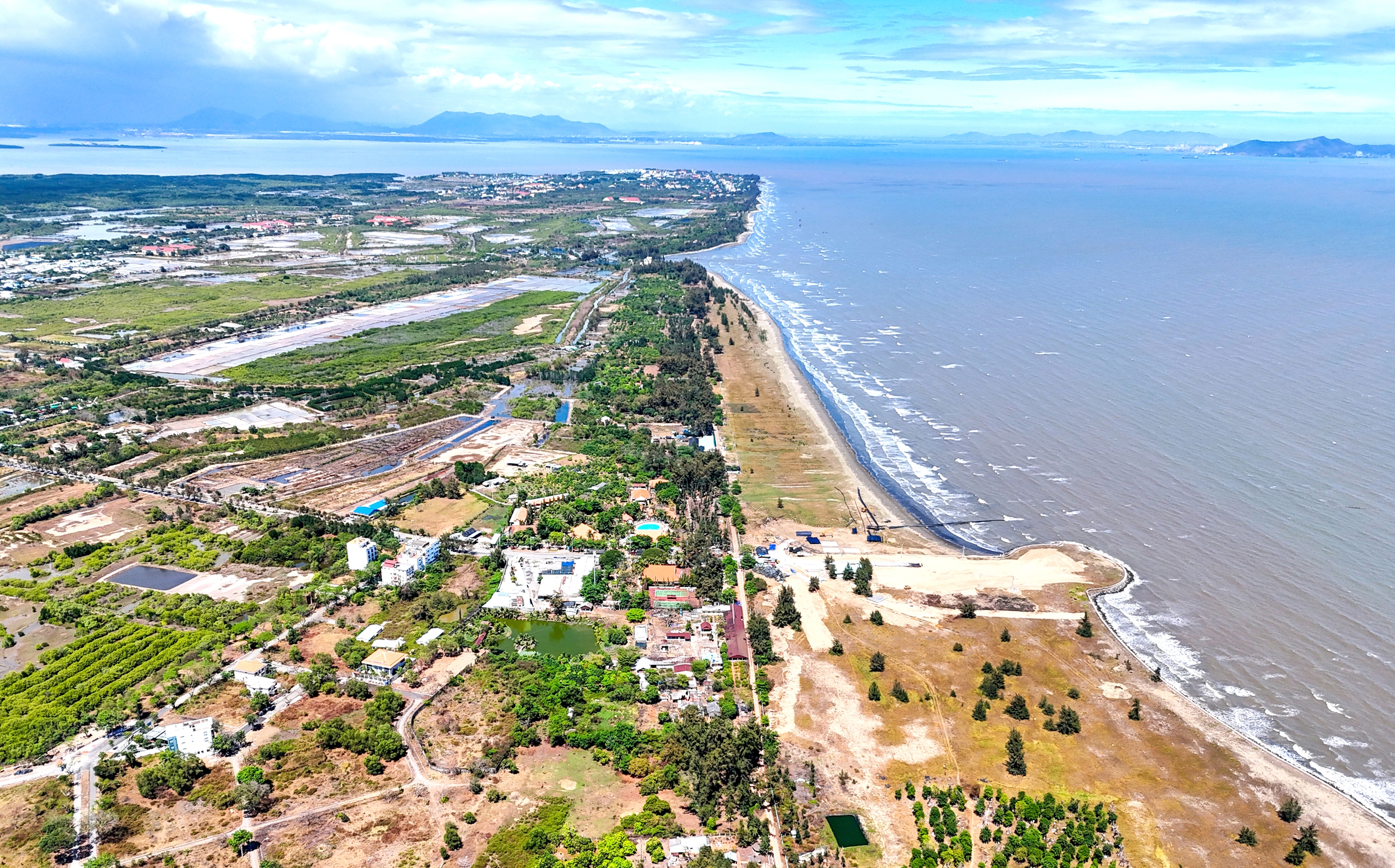

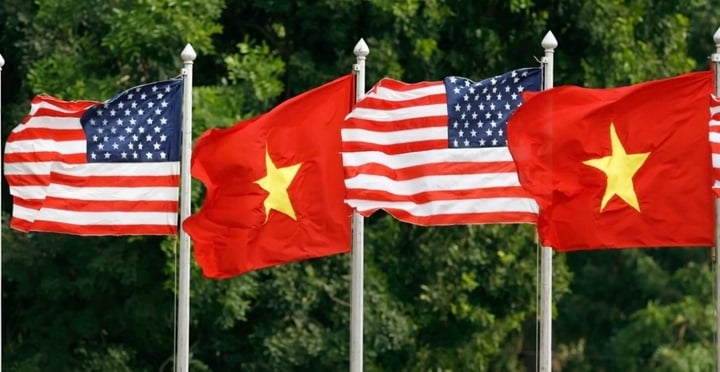


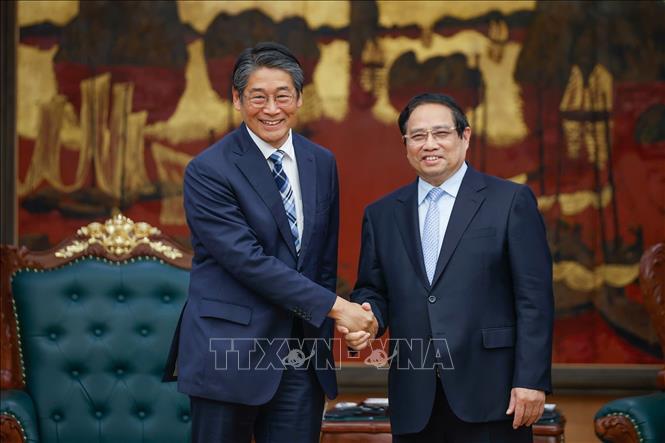
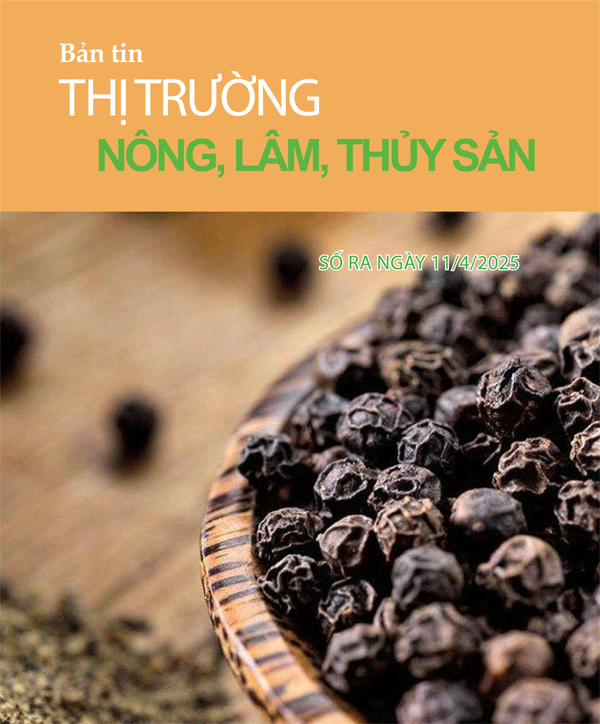

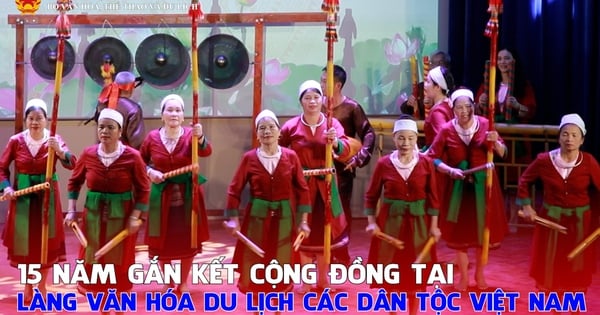

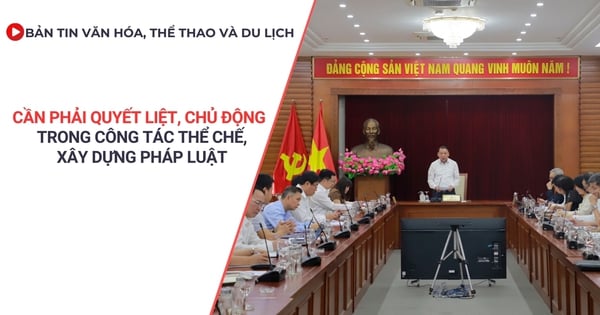
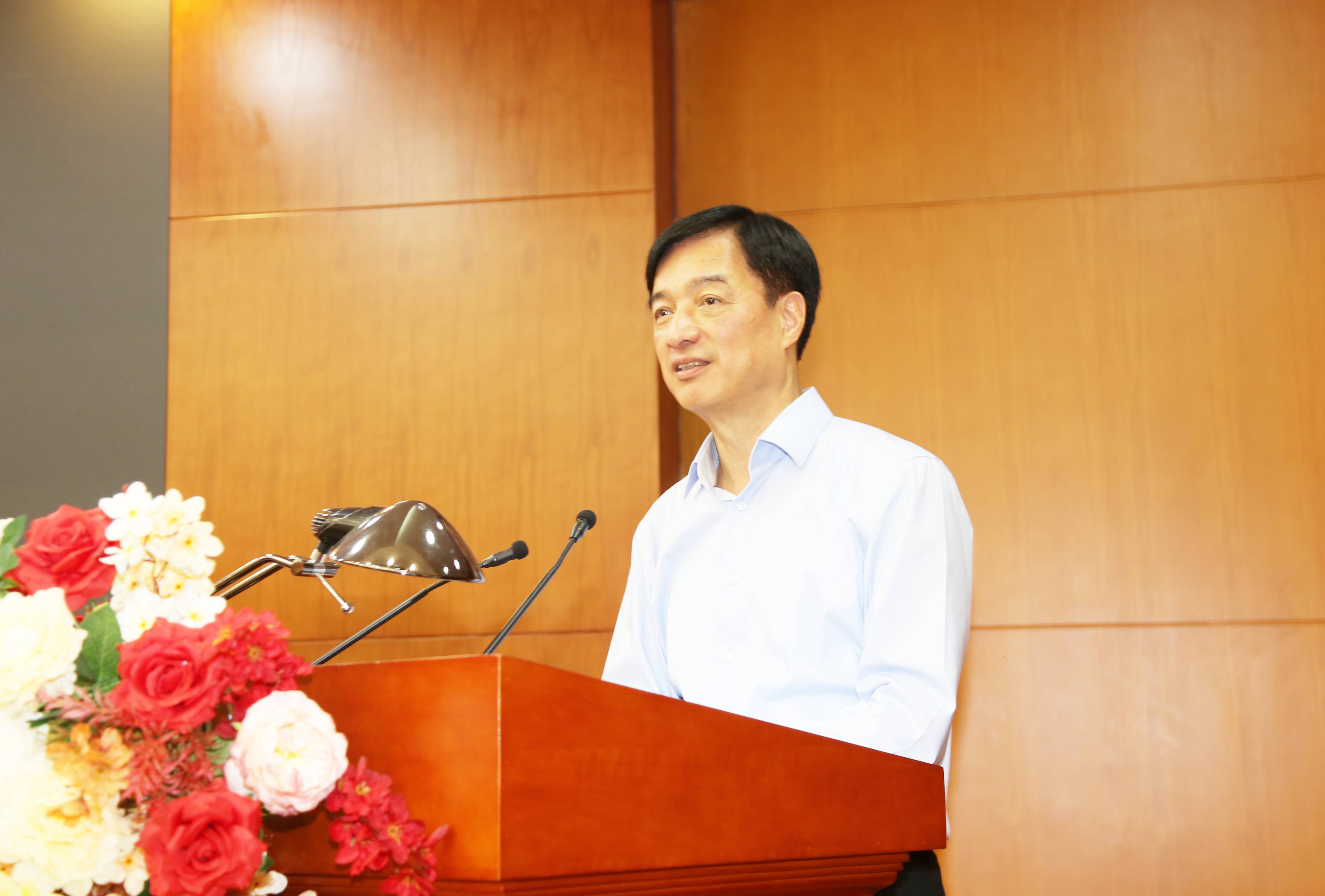



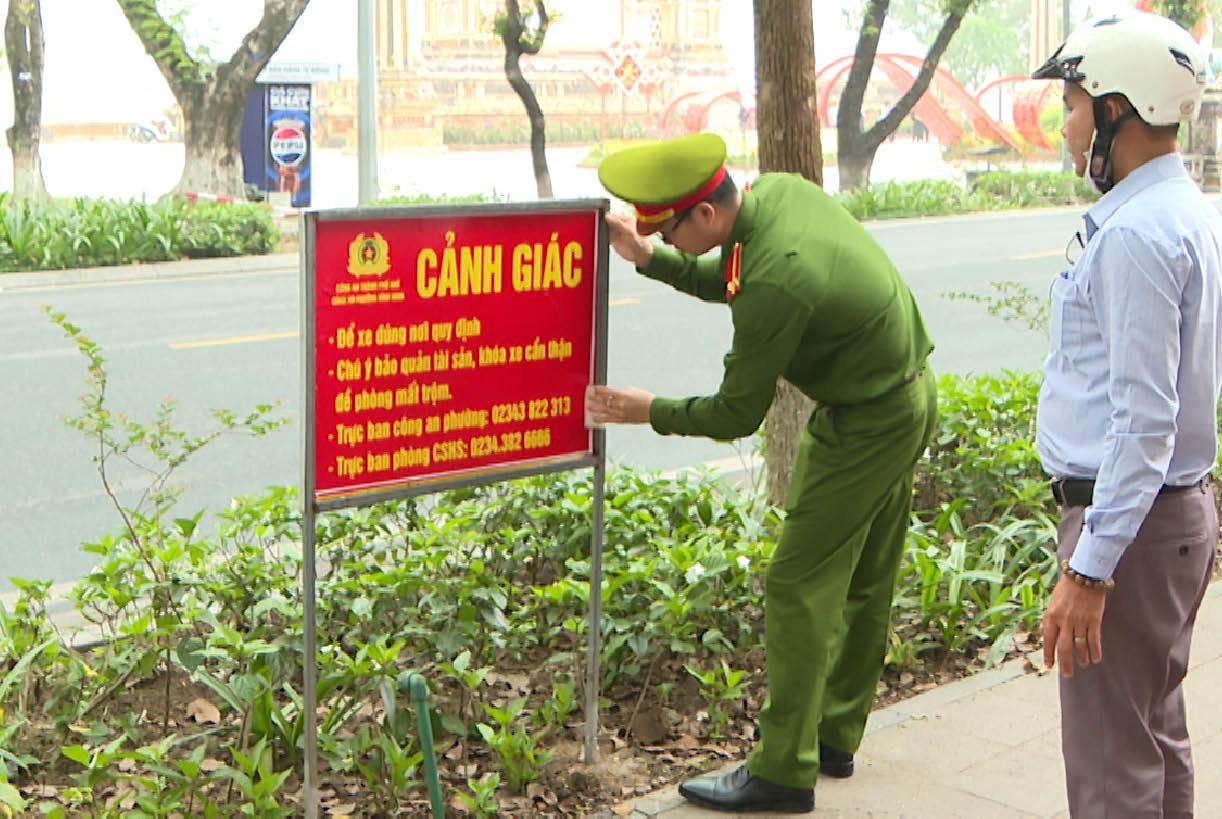

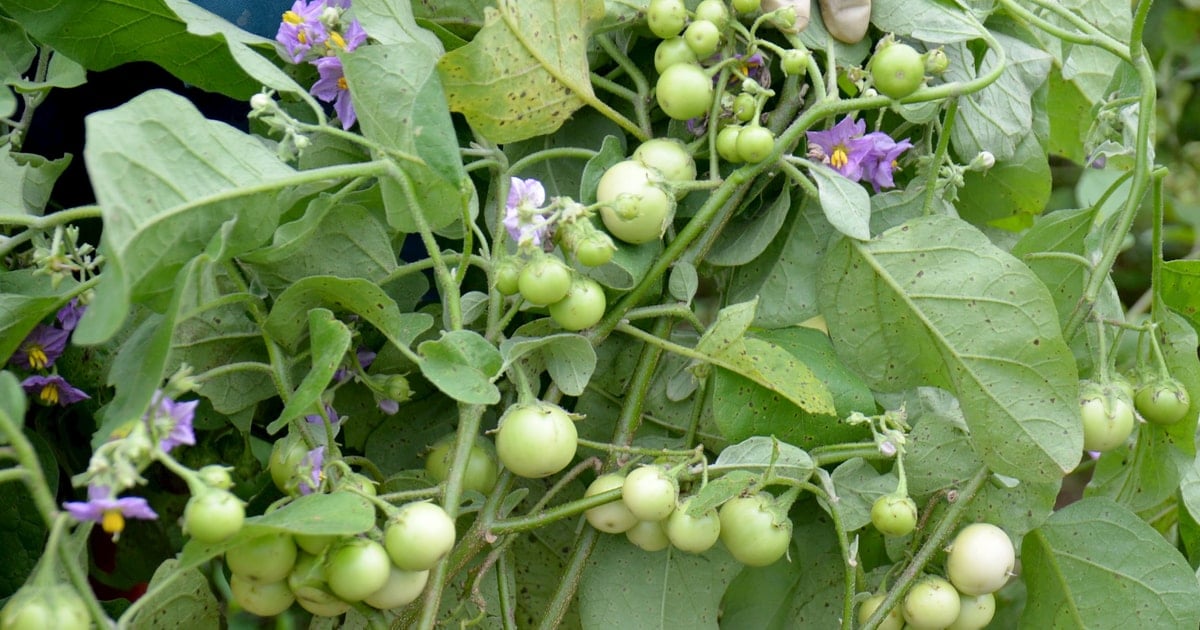
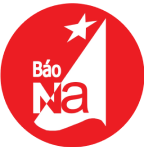


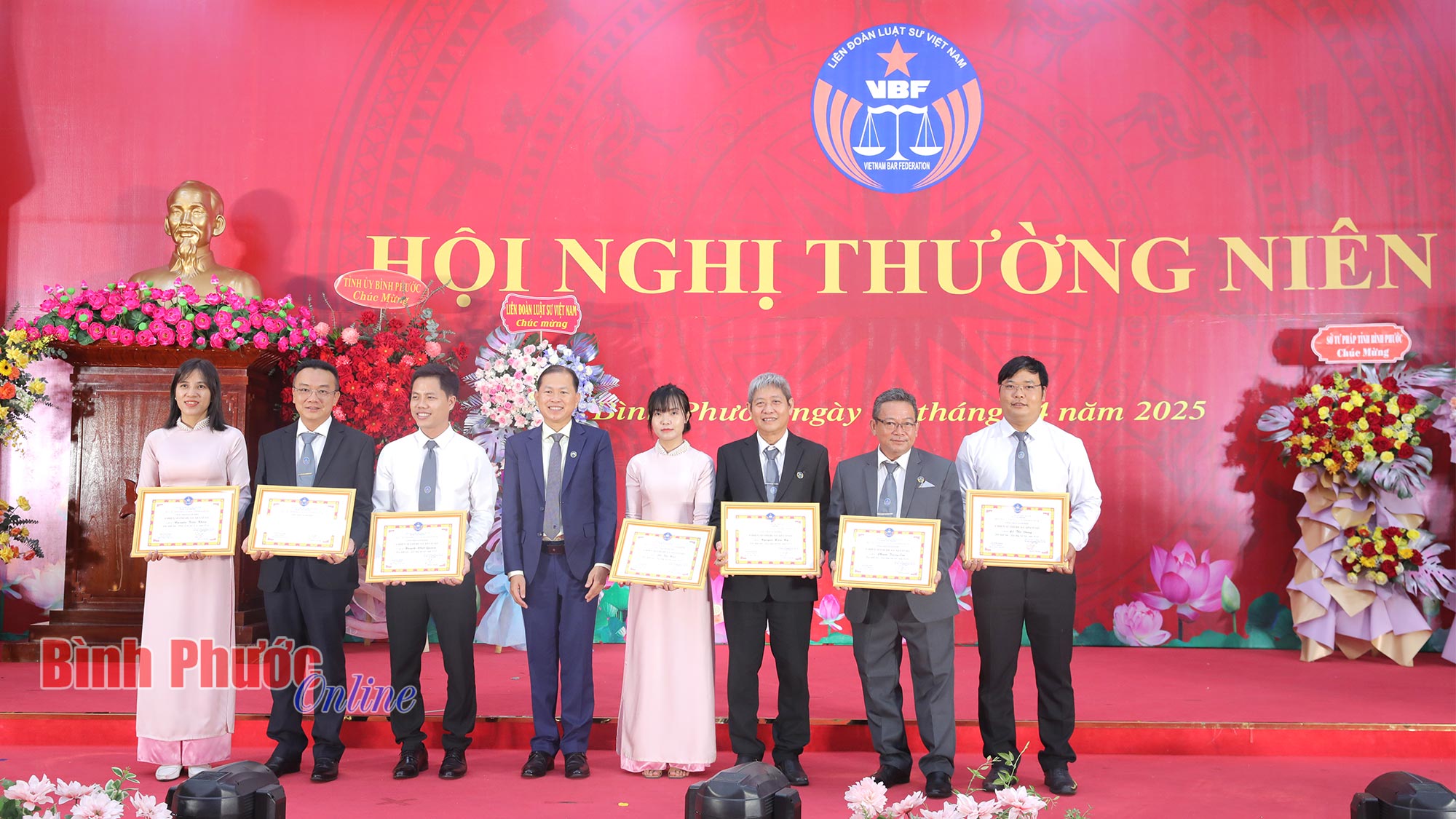

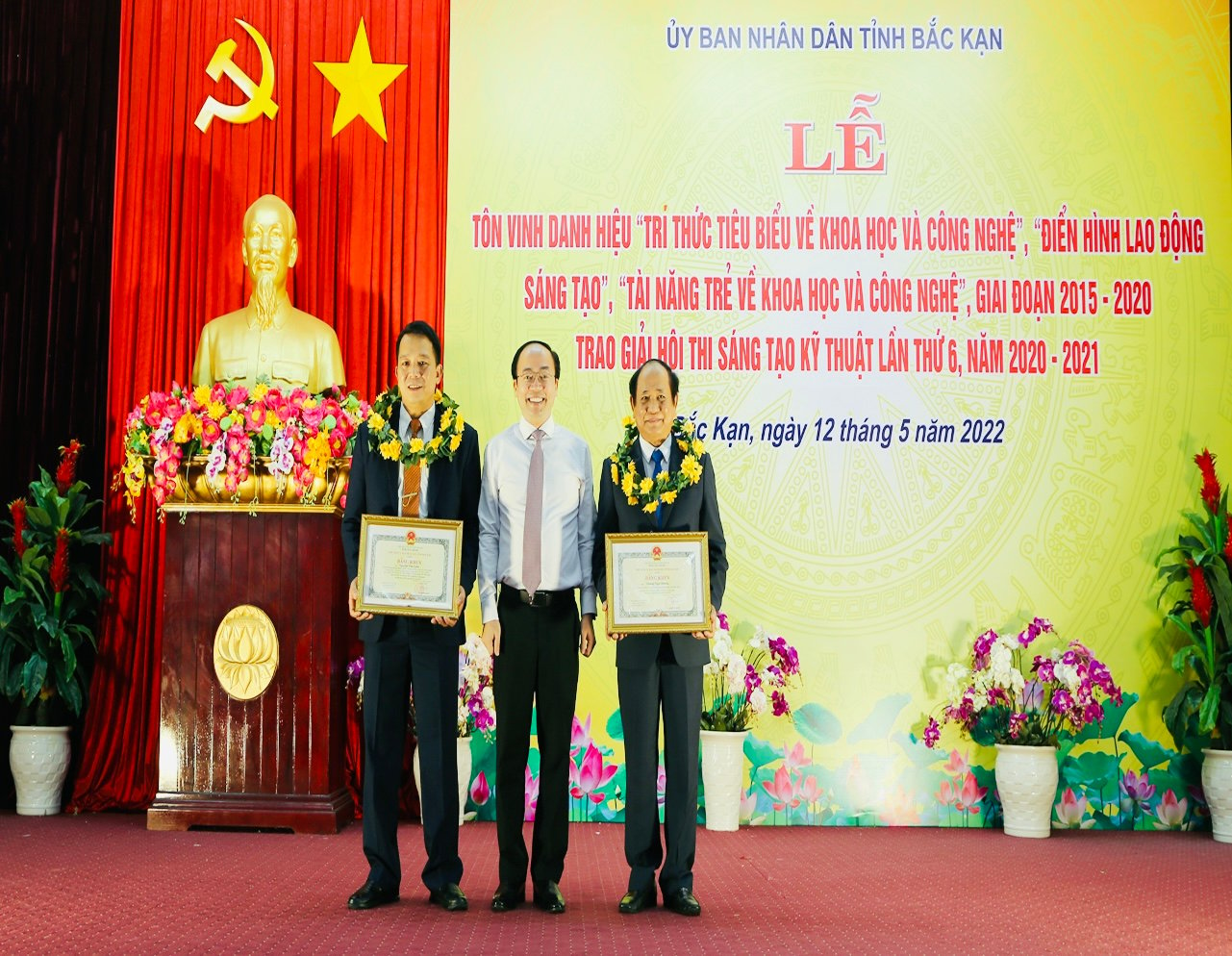









Comment (0)